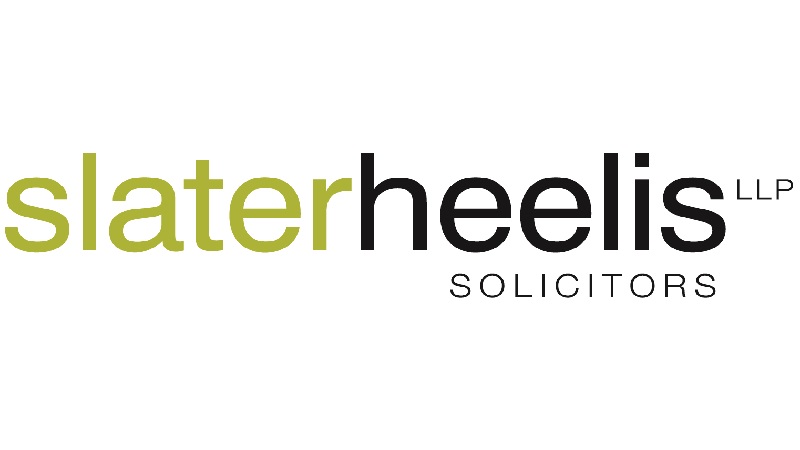In the third of our four-part series in converting a school into an academy, Nicky Collins, Partner at Slater Heelis LLP covers the legal documentation and processes which take place after your application has been approved. You can also catch up on Part 1 or Part 2.
Legal Support
Choosing an experienced firm of solicitors with experience in your sector will help to make the transition as smooth and fast as possible. If there are no issues you should plan for a period of three to four months between the date of the Academy Order and the opening of the new Academy.
Land
Your solicitors will need to investigate your land in order to complete a land questionnaire which is a document that gives the DfE lots of information about the school’s land and how it is used. Once this document has been agreed, your solicitors will then need to agree the appropriate documentation for how the MAT will hold the land. For most schools this will mean a 125-year lease from the Local Authority, however the type of school will dictate the type of land arrangements involved.
Our experience is that if problems do arise during the academy conversion process more often than not these relate to the land. In order to avoid delays it is advisable to instruct your solicitors to start work on this aspect of the conversion process as early as possible.
Articles
The MAT itself is a company limited by guarantee and as such your solicitor will also need to agree with the DfE the form of Memorandum and Articles of Association that the MAT will use. These documents are its constitution and set out the number of rules regarding what the MAT can and cannot do and how it must operate. The DfE has a model form document and usually will not allow significant variation from this. However, the governance structures will be unique to each MAT and this is where most negotiation occurs.
Funding
Your solicitor will also draft your funding agreement which is the contract between the MAT and the DfE whereby the DfE will provide money to the MAT in return for the MAT providing education and ancillary services.
Asset Transfer
A commercial transfer agreement (CTA) will also need to be agreed with the Local Authority. This document sets out the terms on which all the assets, contracts, and employees of the school will transfer from ownership and control of the Local Authority or the Governing Body to the MAT.
Staff
All school staff (both teaching and non-teaching) will automatically transfer from the school to the MAT on conversion through a legal process known as a “TUPE transfer”. The expectation is that they will transfer on their existing terms and conditions and that no changes will be made. This is what happens in most conversions, however, if a school does wish to change any of the staff’s working conditions, it will have to set this out during the consultation with staff (additional to the earlier general consultation) and follow the appropriate legal steps. This is an important process and should be discussed with your solicitor.
Although we’ve covered the main legal processes, every transition to academy status is different and experienced solicitors will be well versed in any other legal requirements that might be relevant to your specific conversion. These may include contracts for shared facilities, building works, or unusual contracts with external suppliers.
Nearly open
In our final column, we’ll take a look at the final steps before opening your new academy.
In the meantime you can always remind yourself of the earlier part 1 and part 2 by clicking here






Leave a Reply